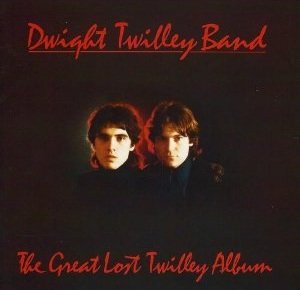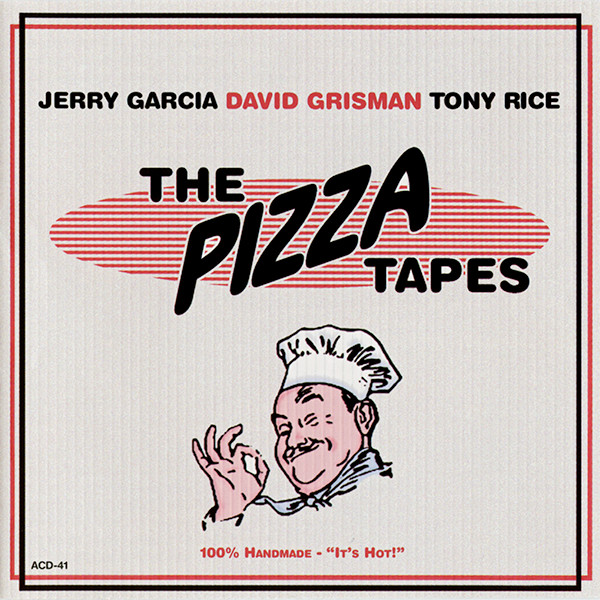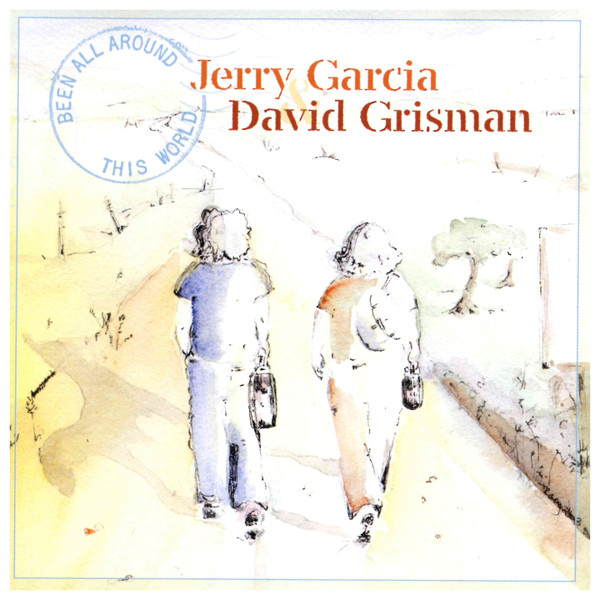 How could anyone anthologize Frank Zappa’s career with a single disc? Well, since Rykodisc had the rights and the estate’s permission, they tried in 1995. Strictly Commercial purported to be “The Best Of Frank Zappa”, and as it opens with “Peaches In Regalia”, the single version of “Don’t Eat The Yellow Snow” (which incorporated part of “Nanook Rubs It”, and “Dancin’ Fool”, it’s a good start. But then from there it becomes something of a grab bag, democratically hitting as many albums as possible, staying mostly upbeat, but with some head-scratching choices, like “Sexual Harassment In The Workplace”, finally hitting “Montana”, “Valley Girl”, and “Muffin Man” towards the end.
How could anyone anthologize Frank Zappa’s career with a single disc? Well, since Rykodisc had the rights and the estate’s permission, they tried in 1995. Strictly Commercial purported to be “The Best Of Frank Zappa”, and as it opens with “Peaches In Regalia”, the single version of “Don’t Eat The Yellow Snow” (which incorporated part of “Nanook Rubs It”, and “Dancin’ Fool”, it’s a good start. But then from there it becomes something of a grab bag, democratically hitting as many albums as possible, staying mostly upbeat, but with some head-scratching choices, like “Sexual Harassment In The Workplace”, finally hitting “Montana”, “Valley Girl”, and “Muffin Man” towards the end. But Ryko also knew that wouldn’t suffice, and followed this up less than two years later not once but twice. Have I Offended Someone? was a collection of his more sexually and racially controversial lyrics, curated by Frank himself, and in many cases remixed. The other draws for people who already had this (in addition to two songs already on Strictly Commercial) were a live version of “Dumb All Over” and a longer “Dinah-Moe-Humm”. Ralph Steadman cover art and liner notes by Ed Sanders of the Fugs doubled down on the attitude of defiance.
Then, to further prove his artistic worth to naysayers, Strictly Genteel offered “a ‘classical’ introduction” to his more, shall we say, serious work. Along with the expected selections from albums like Orchestral Favorites, The Yellow Shark, and even Francesco Zappa, tracks from Uncle Meat, Hot Rats, and other rock albums were able to provide something of a picture of the man’s compositional style.
But even then Ryko wasn’t done. Hoping to provide value to someone, Cheap Thrills was a budget-priced collection of tracks people already had, mostly live versions, bookended by dialogue from 200 Motels with “The Mudshark Interview” from Playground Psychotics as a centerpiece. A year later Son Of Cheep Thrills was even more random, though the choices were arguably better. (The personal mixtape concept kept going in 2002, with two volumes of Zappa Picks, one chosen by Jon Fishman of Phish, and the other by Larry LaLonde of Primus.)
 By this time the estate had already began to undertake their own archival reissues, the waters of which had already been tested in 1996 with Frank Zappa Plays The Music Of Frank Zappa. Packaged in a leatherette case with a replica mustache and soul patch on the front, this “memorial tribute” compiled by Dweezil celebrated Frank’s three favorites of his guitar compositions by presenting the earliest (at the time) known live recordings of each, paired with their standard album versions. Thus “Black Napkins” has a snotty introduction, and “Zoot Allures” is the 16-minute performance that begat “Ship Ahoy”, but “Watermelon In Easter Hay” doesn’t have the grandeur of its best-known version, which unfortunately still has the Central Scrutinizer whispering over the top. (Yet Dweezil found a way to add a “good night” from some concert at the end.) “Merely A Blues In A” breaks up the program in the middle with a lengthy jam from a Paris concert.
By this time the estate had already began to undertake their own archival reissues, the waters of which had already been tested in 1996 with Frank Zappa Plays The Music Of Frank Zappa. Packaged in a leatherette case with a replica mustache and soul patch on the front, this “memorial tribute” compiled by Dweezil celebrated Frank’s three favorites of his guitar compositions by presenting the earliest (at the time) known live recordings of each, paired with their standard album versions. Thus “Black Napkins” has a snotty introduction, and “Zoot Allures” is the 16-minute performance that begat “Ship Ahoy”, but “Watermelon In Easter Hay” doesn’t have the grandeur of its best-known version, which unfortunately still has the Central Scrutinizer whispering over the top. (Yet Dweezil found a way to add a “good night” from some concert at the end.) “Merely A Blues In A” breaks up the program in the middle with a lengthy jam from a Paris concert.
In 2012 the estate licensed themselves a new deal to reissue the Zappa catalog worldwide, and since it was an election year, that was a reason to unveil Understanding America, another Frank-curated compilation from back in the day that never got past initial production. Loosely based on the concept of skewering American culture, this two-disc set begins heavy on the first three Mothers Of Invention albums, touches on the ‘70s, then goes whole hog into the ‘80s, the centerpiece of the second disc being a 25-minute expansion of “Porn Wars”.
Four years later, ZAPPAtite served up what were said to be his “tastiest tracks” on a single disc. Although separated into “appetizers”, “entrées” and “dessert”, it merely reshuffled half of Strictly Commercial and 52-pickupped the rest. Even decades later, it only underscores the fact that summing up Frank with anything but his individually albums is not only futile, but just silly.
Frank Zappa Strictly Commercial: The Best Of Frank Zappa (1995)—3
Frank Zappa Frank Zappa Plays The Music Of Frank Zappa: A Memorial Tribute (1996)—3½
Frank Zappa Have I Offended Someone? (1997)—2½
Frank Zappa Strictly Genteel: A “Classical” Introduction To Frank Zappa (1997)—3½
Frank Zappa Cheap Thrills (1998)—2½
Frank Zappa Son Of Cheep Thrills (1999)—3
Frank Zappa Understanding America (2012)—2½
Frank Zappa ZAPPAtite (Frank Zappa’s Tastiest Tracks) (2016)—3




























